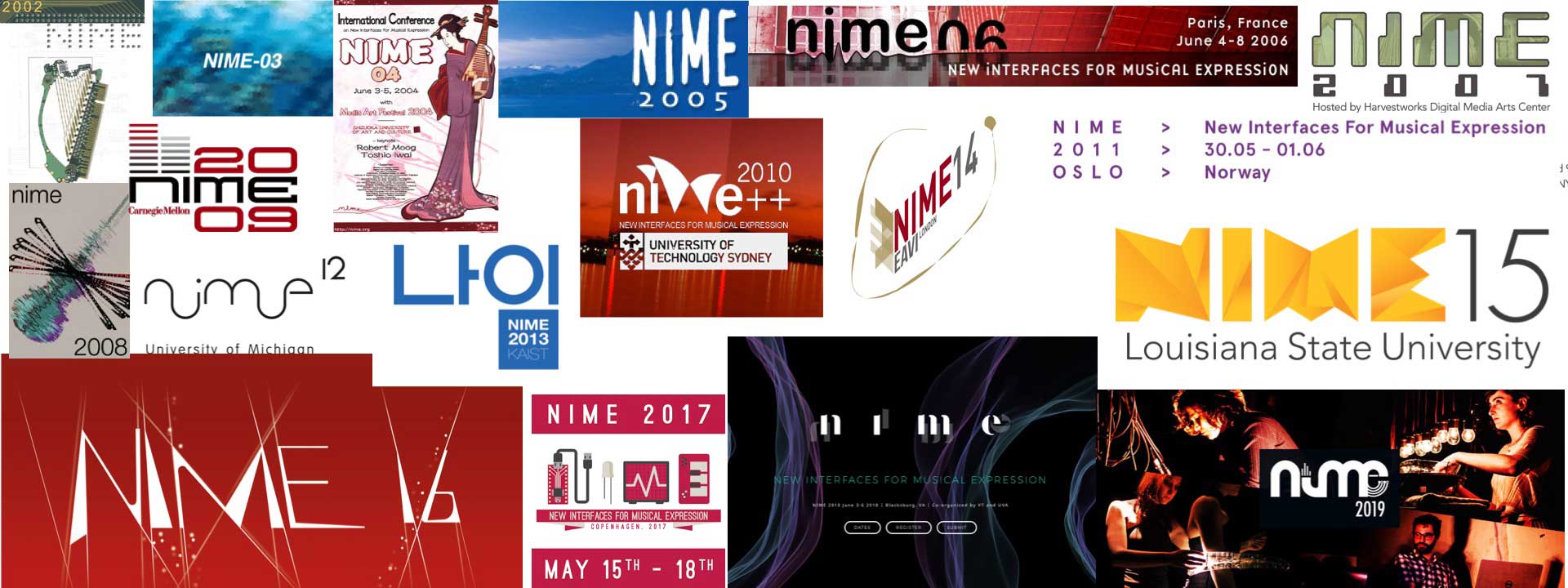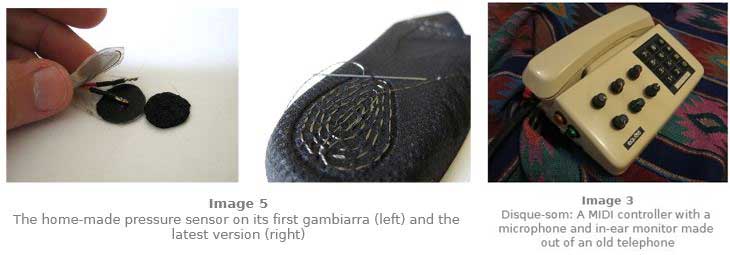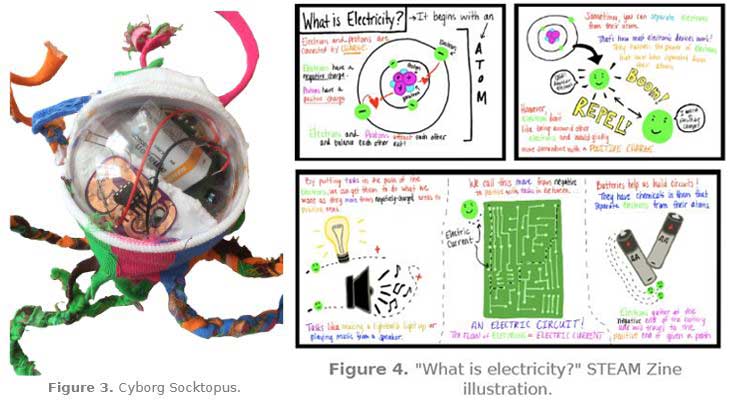Pamela Z Award for Innovation - NIME 2021
The Pamela Z Award winner is the author team of the paper Gambiarra and Techno-Vernacular Creativity in NIME Research from João Tragtenberg, GG Albuquerque and Filipe Calegario. Our honorary mention goes to Abby Aresty’s Changing GEAR: The Girls Electronic Arts Retreat’s Teaching Interfaces for Musical Expression co-authored with Rachel Gibson.

The International Conference on New Interfaces for Musical Expression (NIME) brings researchers and musicians together from around the world to exchange ideas on the design of new musical interfaces. With the Pamela Z Award for Innovation, contributions are rewarded and recognised that improve the discussion about diversity in NIME - either through their research, connecting people or through actions such as organisation and awareness. An accolade that started in 2018 by Astrid Bin, Anna Weisling and Sarah Schoemann, here is more contextual information about the award and the follow-up editions 2019 and 2020.
In the following, we will introduce the contributions and the conditions of this year’s conference, NIME 2021, which was held in Shanghai, China, both on-site and online. The Pamela Z Award winner is the author team of the paper Gambiarra and Techno-Vernacular Creativity in NIME Research, namely João Tragtenberg, GG Albuquerque and Filipe Calegario. A paper, written to bring ideas from underrepresented countries to the NIME community. Our honorary mention goes to Changing GEAR: The Girls Electronic Arts Retreat’s Teaching Interfaces for Musical Expression co-authored by Abby Aresty and Rachel Gibson. For the difficult and important work of holding an electronics workshop for girls and for her composing practice addressing ecological themes.The Pamela Z Award 2021 was announced by Xiao Xiao and Astrid Bin on June 18th.
The Shortlisting Papers Process
In this edition, all nominees were closely aligned with the NIME 2021’s theme of learning to play and playing to learn. In this year’s hybrid conference format of NIME, attendees from 24 time zones could attend online from June 14-18 with a program scheduled accordingly. As part of the hybrid format, an onsite day program in Shanghai included spotlight talks by invited researchers and artists, and performances. These were live-streamed and recorded to facilitate global participation. According to this year’s conference chairs Margarete Minsky and Gus Xia, overall conference registrations were 38 percent from European zones, 40 percent from the Americas, 17 percent from Asia and a further five percent from other areas around the world. This brings us closer to the topic of this year’s award, which stands in the theme to bring cross-cultural points of view from under-represented parts of the world into NIME. Forming a jury has been a challenging undertaking as members were also spread across different time zones and continents realising in asynchronical discussions over different online platforms. There were a number of items that brought the jury to re-elaborate and discuss the nuances of the award in regards to the term diversity. We also wanted to address the misconception that the Pamela Z Award is only for women.
The Award Paper

Through the paper Gambiarra and Techno-Vernacular Creativity in NIME Research, from João Tragtenberg, GG Albuquerque and Filipe Calegario, many of the jury members, from or working in Europe and North America truly learned something new as it brings awareness to the too often overlooked importance of innovative processes in environments that are significantly under-resourced compared with those of most NIME contributors. This paper provides valuable context on post- and decolonial perspectives and points - as with the “Techno-Vernacular Creativity” concept - to inventive processes and their contexts while conveying thoroughly local know-how and experience. The Techno-Vernacular Creativity alludes to a vast set of adaptions of mainstream technologies that underrepresented ethnic groups reclaim, improvise and remix with.
The Honorary Mention

Changing GEAR: The Girls Electronic Arts Retreat’s Teaching Interfaces for Musical Expression by Abby Aresty and Rachel Gibson presents the experience of teaching interfaces for musical expression for girls aged 8-11 years old during two subsequent years, both on-site and online, the latter due to the pandemic situation. The paper discusses how the use of tangible materials and e-textiles can be more suitable for girls when learning science, technology, engineering and mathematics (STEM). It is argued that the underrepresentation of women in STEM fields is due to the lack of exposure to the field when they are girls. The topic of the paper promotes the creation of NIMEs at this critical young age along with fulfilling STEM learning objectives.
The Prizes
The gift for the main award goes to all authors of the paper which is a Ableton Live Suite, a Bela Mini Starter Kit and a PopuMusic Populele. The honorary mention receives Bela Trill Sensors and a PopuMusic Populele.
References
-
João Tragtenberg, GG Albuquerque, Filipe Calegario. 2021. Gambiarra and Techno-Vernacular Creativity in NIME Research. Proceedings of the International Conference on New Interfaces for Musical Expression, New York University, Shanghai
-
Abby Aresty, Rachel Gibson. 2021. Changing GEAR: The Girls Electronic Arts Retreat’s Teaching Interfaces forMusical Expression, Proceedings of the International Conference on New Interfaces for Musical Expression, New York University, Shanghai
